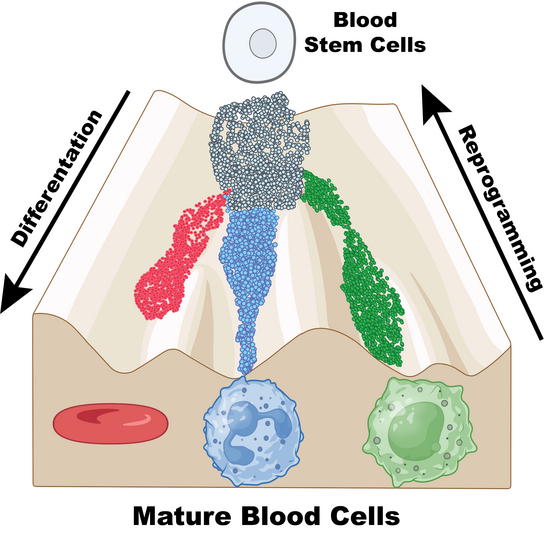2025-04-16 ブラウン大学
<関連情報>
プラズモニック・ナノロッドの体内注入により、パターン化された近赤外レーザー投射で双極性細胞が活性化される Intravitreally Injected Plasmonic Nanorods Activate Bipolar Cells with Patterned Near-Infrared Laser Projection
Jiarui Nie,Kyungsik Eom,Hafithe M. AlGhosain,Alexander Neifert,Aaron Cherian,Gaia Marie Gerbaka,Kristine Y. Ma,Tao Liu,and Jonghwan Lee
ACS Nano Published: March 20, 2025
DOI:https://doi.org/10.1021/acsnano.4c14061
Abstract

Retinal prostheses aim to restore vision in individuals affected by degenerative conditions, such as age-related macular degeneration and retinitis pigmentosa. Traditional approaches, including implantable electrode arrays and optogenetics, often require invasive surgery or genetic modification and face limitations in spatial resolution and visual field size. While emerging nanoparticle-based methods offer minimally invasive solutions, some of them rely on intense visible light, which may interfere with residual vision. Plasmonic gold nanorods (AuNRs), tuned to absorb near-infrared (NIR) light, provide a promising alternative by enabling photothermal neuromodulation without affecting the remaining sight. However, effectively utilizing photothermal stimulation with patterned laser projection for precise neural activation remains underexplored. In this study, we introduce a less invasive approach using intravitreally injected anti-Thy1 antibody-conjugated AuNRs to primarily activate bipolar cells─a target traditionally reached through more invasive subretinal injections. This technique allows for extensive retinal coverage and facilitates high-resolution visual restoration via patterned NIR stimulation. Following injection, a scanning NIR laser beam projected in a square pattern with a spot size of 20 μm consistently triggered highly localized neuronal activation, specifically stimulating bipolar cells through temperature-sensitive ion channels. In vivo, this patterned stimulation evoked electrocorticogram responses in the visual cortex of both wild-type and fully blind mouse models without inducing systemic toxicity or significant retinal damage. Our innovative approach promises significant advancements in spatial resolution and broad applicability, offering a precise, customizable, and less invasive method to restore vision.


